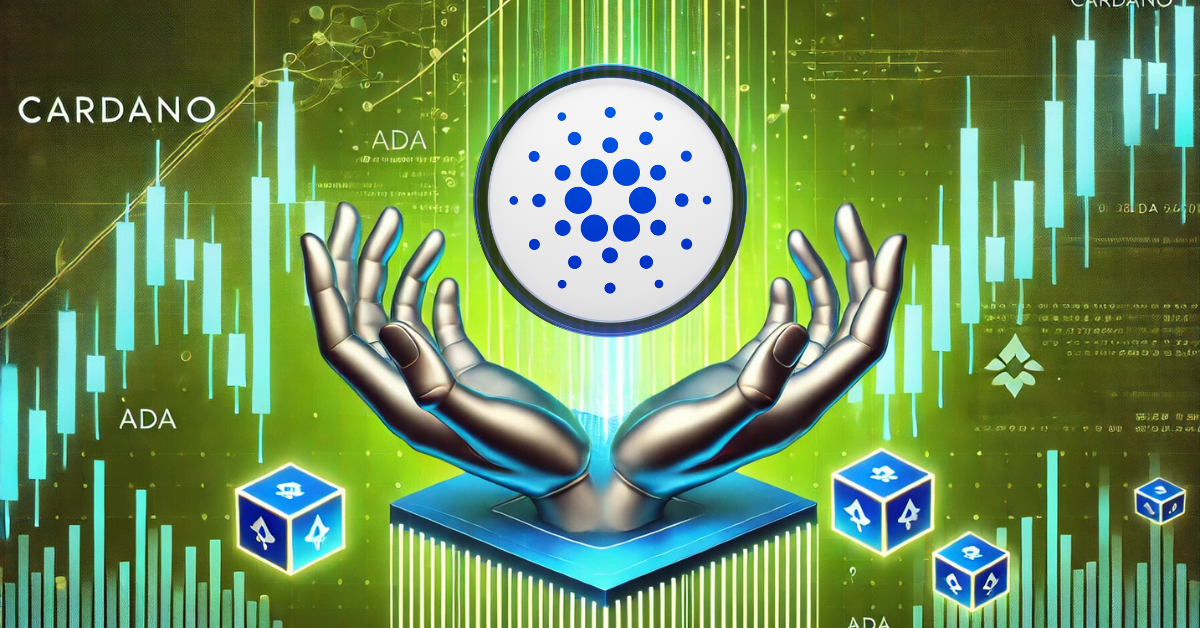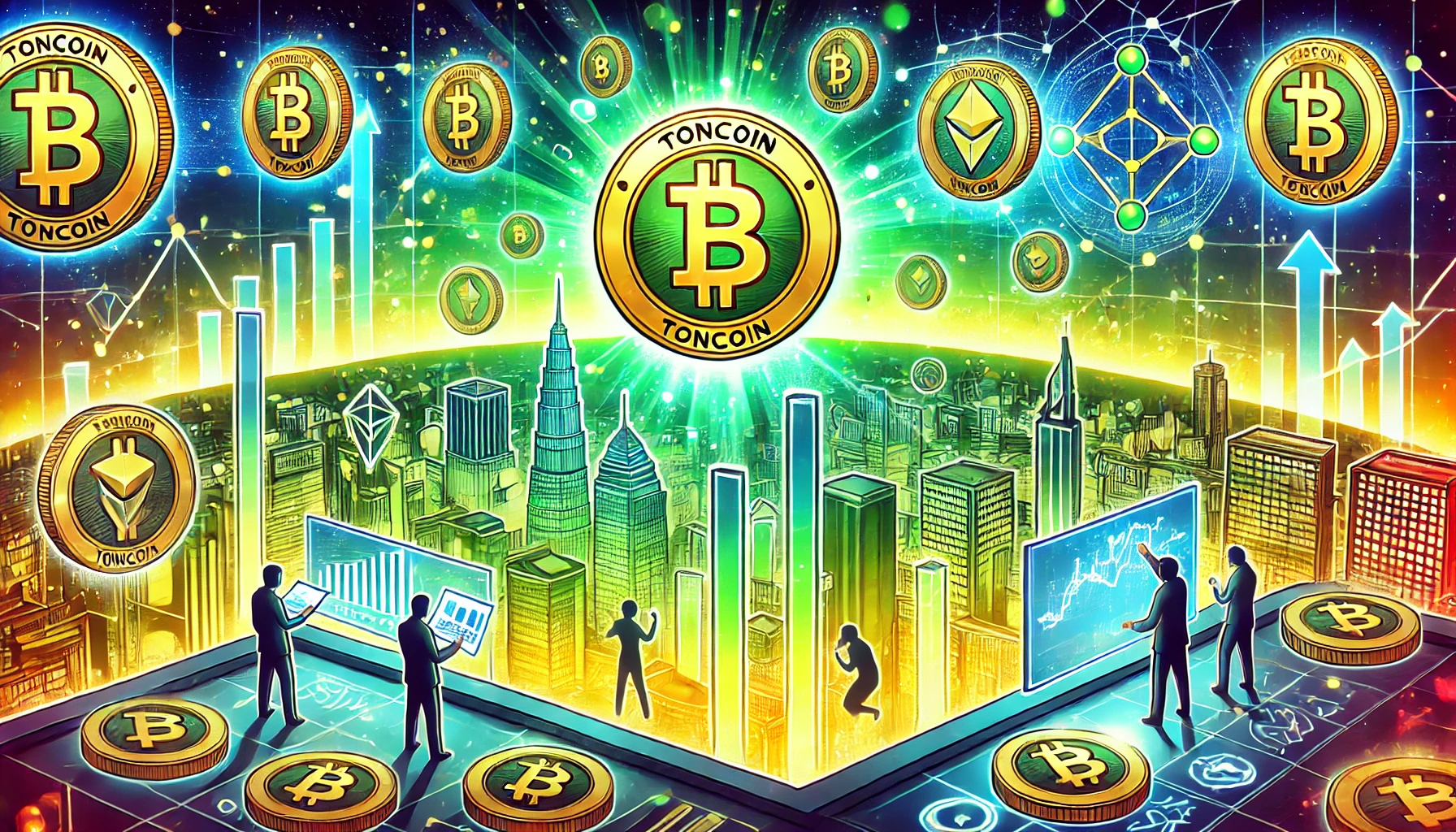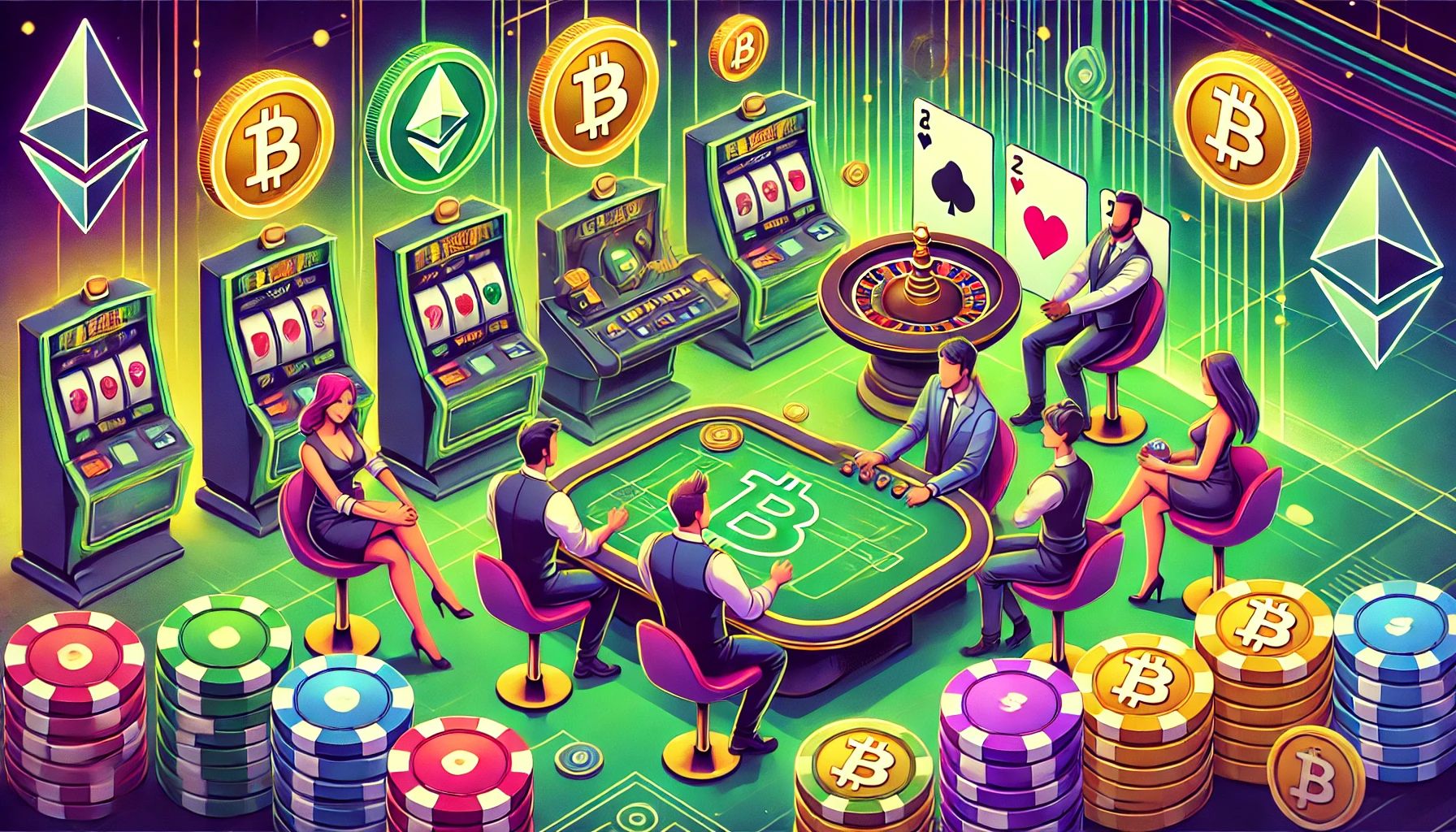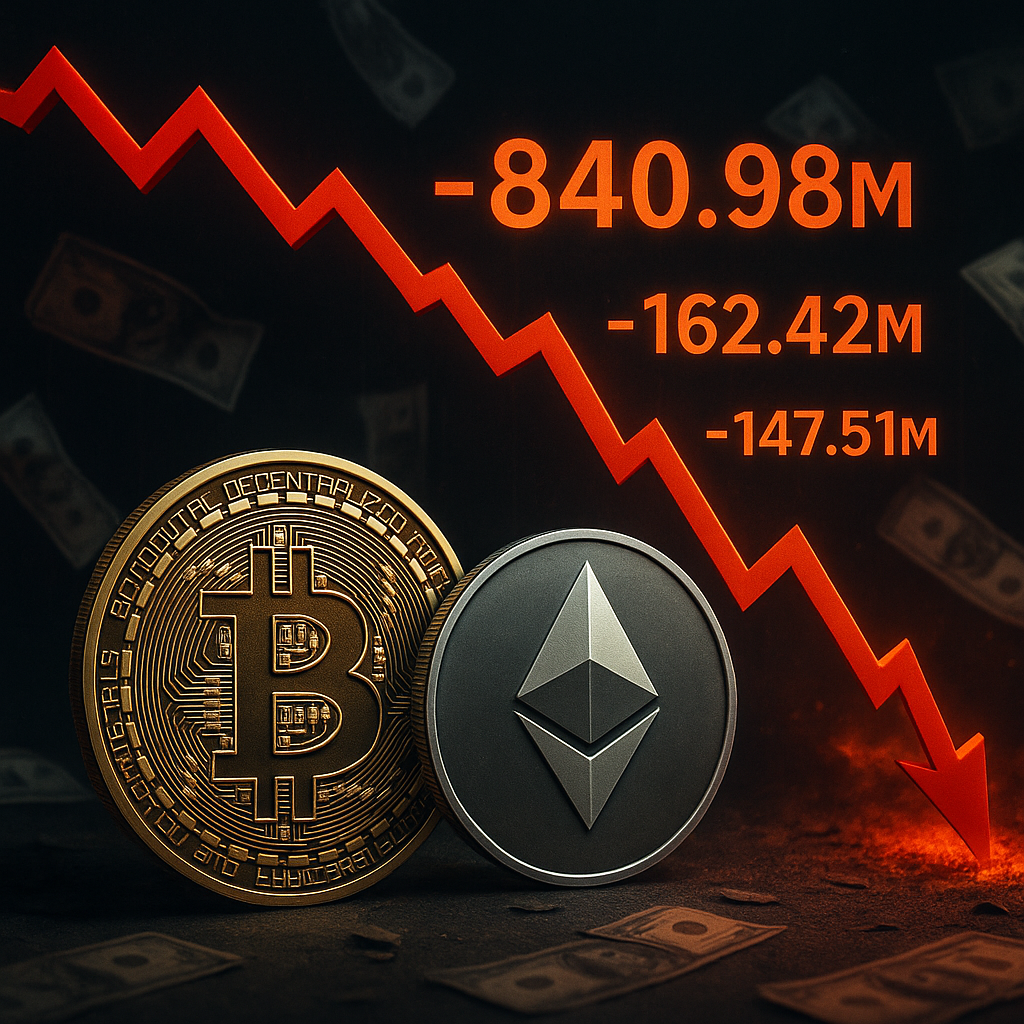Is investing in Cardano still a good option in 2024 or not?
Predicting how far a cryptocurrency will go is not possible with the continuously changing crypto market. Research is all you can do before investing. From the very first day of its launch, Cardano has gained huge success. The platform’s huge success is derived from its security, scalability, and sustainability it provides.
According to CoinGecko’s September 2023 research, Cardano was among the top ten cryptocurrencies by market capitalization. Its market cap value at that time was around $0.25.
The stats mentioned above highlight how Cardano was an essential cryptocurrency for investment purposes at that time. But, the question here is if it still holds that potential or not. Various factors decide this while measuring its investment potential.
This article aims to explain what Cardano is, what it provides, and its comparison with other crypto giants. Let’s explore whether it remains a solid choice for investors this year or if they prefer to move on to its alternative.
What is Cardano?
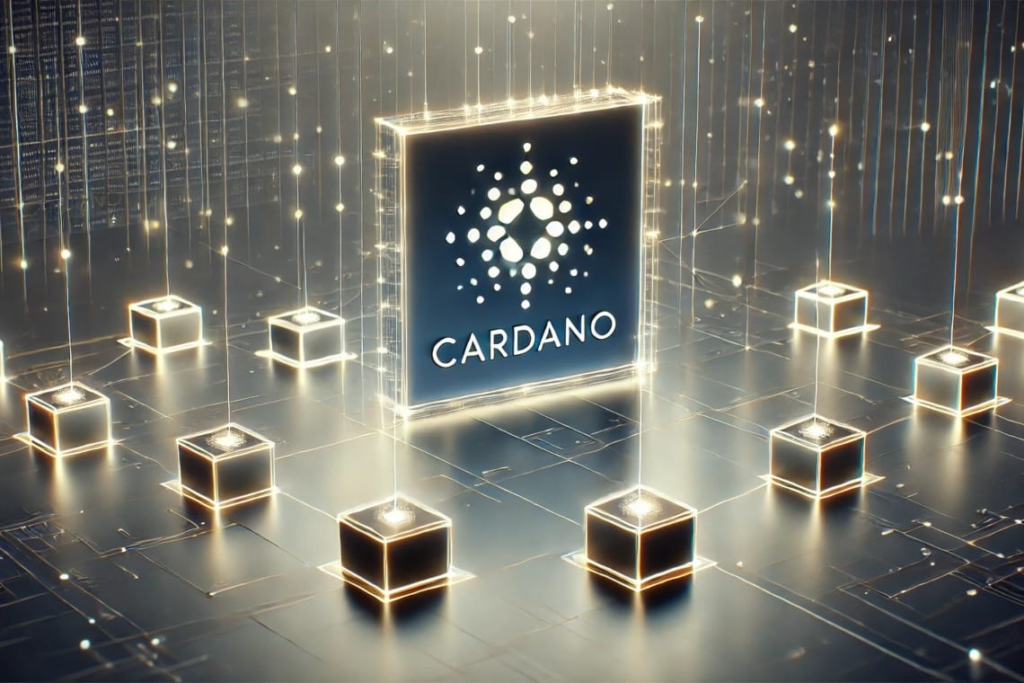
Well for those starting from scratch, Cardano is one of the latest innovative cryptocurrencies that are emerging from the rest. It was built by Charles Hoskinson (Co-founder of Ethereum). Cardano runs on a decentralized public ledger through the widely accepted, blockchain technology.
With that said, it must also be united that blockchain technology can manage and track cryptocurrencies. It keeps a record of every transaction made through it. Cardano works through a “proof-of-stake” mechanism. This advanced mechanism lets Cardano holders validate transactions in exchange for rewards.
This staking mechanism undoubtedly provides an attractive way to earn income. Cardano aims to build a thorough system for decentralized applications (dApps). dApps will offer multiple use cases that will be governed by stakeholders. Its official cryptocurrency is named ADA, after Augusta Ada King (the first computer programmer).
What Is ADA Currency?
As ETH for Ethereum, and ADA for Cardano. ADA crypto is the native cryptocurrency of Cardano which can be bought or sold via cryptocurrency exchanges. ADA token is the main feeding force behind the Cardano platform.
ADA holders use these tokens to pay transaction fees and do staking with validators. The need for staking arises to maintain the security and stability of the network while offering the opportunity to earn rewards.
ADA can be used to make digital payments, investments, stake, and pay fees on the Cardano network. In the future, it will be used as a governance token allowing token holders to vote on the Cardano platform’s infrastructure.
All the transactions on Cardano are made with ADA crypto only. Those holding ADA tokens can stake their coins to participate in securing the Cardano network. Users can interact through decentralized applications and make smart contracts with the help of ADA tokens. These are used like the gas fees work on the Ethereum network.
How Cardano Functions
Before the concept of digital currencies hit the market, the transactions were made and verified through banks only. Digital Blockchain systems like Cardano innovated this traditional system. It removes the need for third-party involvement in validating transactions.
Cardano blockchain offers a shared spreadsheet that can be used by everyone. It doesn’t have to be controlled by a single person. The special consensus mechanisms are used by Cardano to make participants satisfy the transactions validating process.
Cardano’s “Proof-of-Stake” System
The precious crypto giants including Bitcoin worked through the Proof-of-Work system. With this system, participants had to solve complex puzzles to make new transactions. The drawback of this system is that it uses a lot of energy to carry out transactions. Cardano has replaced this system with a “proof-of-stake” system.
Here is what this system offers:
- At first, the ADA holders stake (lock up) their ADA tokens.
- The Cardano network randomly selects ADA stakers, verifies their transactions, and creates new blocks.
- The participants chosen for staking earn regard for their work.
What makes this stalking system efficient is that it keeps energy expenditure to a minimum. Other than Proof-of-Stake, Cardano is also built on two main layers, including:
The Cardano Settlement Layer (CSL) is used by Cardano to handle basic transactions made through ADA tokens.
Cardano Computation Laye (CCL) helps support complex features including smart contracts.
Daedalus Wallet

Among the various things that make Cardano stand out among other cryptocurrencies is its cryptocurrency wallet named “Daedalus Wallet”. This wallet makes it easier to sell and purchase ADA. It doesn’t only offer ADA holding but also provides a full blockchain node.
Users can completely control their funds with enhanced transparency in the Cardano blockchain. However, Cardano holders can participate in the staking mechanism only with this wallet. ADA token holders are rewarded for delegating ADA or running a staking pool within the Deadlus wallet. This way, they can earn cryptocurrencies while supporting the Cardano network.
Primary Uses of Cardano
Cardano fulfills multiple functions inside its blockchain network. It was designed not just as a cryptocurrency but as a versatile platform. Here are some key applications for Cardano:
Digital Currency
ADA like many other cryptocurrencies, serves as a digital currency for making payments and conducting various transactions. Thanks to its low translation fees, users can quickly send and receive ADA tokens across the Cardano.
Staking
The Cardano network users can take part in staking by keeping some ADA coins in their wallets. The users can gain benefits in the form of extra ADA tokens for their participation. Staking benefits to the security and distributed structure of the network.
Decentralized Applications
Developers can create and deploy decentralized applications called dApps using the Cardano platform. These decentralized applications perform multiple functions, including banking, gaming, supply chain management, and identity verification. The smart contracting features make it possible to create complex dApps.
Smart Contracts
The goal of Cardano is to enable the development and execution of smart contracts. These are self-executing contracts in which the terms are found directly in the code. Without the need for negotiators, these contracts handle and verify the execution of agreements. ADA fuels the computational resources needed to run smart contracts.
Tokenization
Tokenization on Cardano means converting real-world or digital items into digital tokens that belong to owners on the Cardano blockchain. These tokens could represent anything, like digital art, real estate, or other cryptocurrencies.
Cardano allows the development of custom tokens on its platform. Loyalty tokens, making initial coins (ICOs), and representing assets like real estate or items are just a few uses of this feature.
Governance
Project Catalyst is a decentralized governance framework under Cardano that enables ADA holders to suggest, approve, and finance different upgrades and changes to the ecosystem. The community is given the ability to influence the future developments and course of the platform.
Interoperability across Chains
Cardano aims to set up systems to allow for interchange with other blockchains. Therefore, transactions or interactions between various blockchain networks may be facilitated by ADA in the future, improving overall blockchain connectivity.
Why ADA Adoption Could Be Beneficial

ADA, which is the cryptocurrency of Cardano, has many benefits, such as security, scalability, and low-cost transactions. Let’s examine these benefits in detail:
Technological Innovation
Cardano is unique in the blockchain development field because of its research-based methodology. The peer-reviewed procedures make sure that innovation is always on solid ground.
Consequently, scalability is at focus here, and implementations like Ouroboros Hydra make sure that they maintain a high transaction throughput. Cardano stands out in performance and sustainability using its energy-efficient consensus method based on proof-of-stake called Ouroboros.
Strong Community and Governance
A strong ecosystem is being created by the committed community of Cardano devotees, developers, and supporters. In the Voltaire age, its goals for on-chain governance are to create a fully decentralized decision-making mechanism. In addition to this, the billion-dollar treasury of Cardano provides money for continuous expansion and development projects.
Durability and Longevity
Cardano is the desirable alternative as concerns about the environment increase because it is made with long-term sustainability in mind. Its energy-efficient blockchain attracts investors and consumers who care about the environment. With more than 3000 stake pool operators, the high degree of decentralization of the network adds to its resilience and durability.
Robust Infrastructure
Over the 7 years that it has been operating, Cardano has shown its reliability and safety with zero failures and zero hacks. Its affordable and balanced charge structure guarantees network sustainability. The wide range of use cases and expanding ecosystem of decentralized apps (dApps) highlight the adaptability and potential for widespread use of Cardano.
Market Potential
The potential of Cardano to increase in value is shown by the projections of a significant increase in market capitalization. The platform is in an ideal position to gain from people using cryptocurrency in everyday life. Its market potential is further increased by its competitive position in the DeFi and smart contract sectors.
Enhanced User Experience
After the confirmation, which usually happens in less than a minute, Cardano enables quick transaction speeds. This enhances the experience of the user and may encourage adoption, especially when combined with cheaper fees than other networks during periods of high network demand.
Adaptability and future-proofing
The progressing advancement and development of Cardano show its dedication and commitment to improving capabilities and meeting new challenges. The platform is made to tackle adaptability issues that other established blockchain networks have, opening it up for future expansion and flexibility in response to changing consumer demands.
What Makes Cardano Special
Is Cardao special among others? Well, yes. Some of Cardano’s essential mechanisms including the leadership behind it, its blockchain structure, and its governance sets it apart.
Layered Blockchain
The layers on which the Cardano system is established make it unique. These layers are built in such a way that they don’t affect the speed. The two layers include:
- The Cardano Settlement Layer (CSL) transfers ADA tokens between accounts and records transactions.
- The Cardano Computation Layer (CCL) manages the smart contracts that are used by developers for moving the funds automatically.
Additionally, three nodes can be used to run Cardano nodes, including:
- mCore node: These nodes let users participate in the blockchain’s governance by staking ADA.
- Relay Nodes: These nodes take on the responsibility of moving the data between mCore nodes and the public internet.
- Edge Nodes: These nodes help make cryptocurrency transactions.
Ouroboros Protocol
As mentioned before, Cardano uses the proof-of-stake consensus mechanism. But in fact, it uses a more advanced variation of this system named “Ouroboros”. These Outboros are considered as delegated proof-of-stake (DPoS). This mechanism is used to divide time into ‘slots’ and ‘epochs’. In this system, each epoch consists of a couple of 20-second slots.
Now, within each slot, a mCore leader node is chosen randomly to decide which blocks to be added to the blockchain. These include genesis blocks that list the epoch’s slots leaders and main blocks that include the transaction, proposals, and voting information. Once an epoch is over, the last slot leaders elect slot leaders for the next epoch.
Decentralized Leadership
The giant cryptocurrency project, Cardano, is not managed by a single organization. Rather, three organizations manage the project with the roles divided among them. The three organizations that lead the project are listed here:
Switzerland-based Cardano Foundation
This non-profit organization leads the basic developmental processes behind Cardano. Cardano Foundation is responsible for supervising the development and upgradation of the blockchain infrastructure behind the project.
Input Output Hong Kong Organization

IOHK is the second leading force behind Cardano. The organization was founded by the co-founders of Cardano. The company is research-based and has built the Ouroboros mechanism. It is not limited to Cardano only, rather it also focuses on the development of blockchains other than Cardanp.
Emurgo
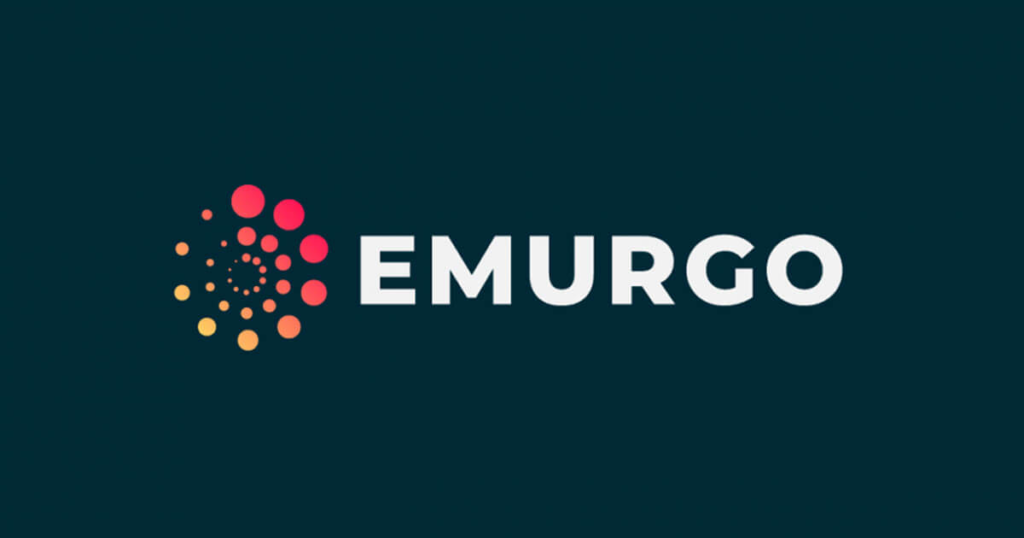
Emurgo works to advertise Cardano to companies and individuals. It encourages them to adopt the use of Cardano technology. The three organizations work independently to efficiently run the Cardano system.
Comparative Analysis of ADA, Bitcoin, and Ethereum
To your knowledge, Bitcoin and Ethereum have long dominated the crypto world for so long. Cardano emerged strong against these crypto giants. Diving into the comparison between these three cryptocurrencies. Here it goes:
Transaction Speed and Fees
- Bitcoin: Bitcoin has the slowest transaction speed among the three cryptocurrencies despite being the largest cryptocurrency. It takes hours to confirm transactions on Bitcoin due to its high daily transaction volume (around $50 billion).
- Ethereum: Its transaction speed is a bit faster as compared to Bitcoin. But it still dances scalability issues during transactions.
- Cardano: The Cardano comparatively offers higher transaction speed as compared to the above two. The transaction confirmation on Cardano only takes a minute or less. By working through the Proof-of-stake mechanism, Cardano resolves the scalability issues as well.
Market Cap Projections
- Bitcoin: Its market cap is the largest among the three. When considering analysts’ views, it is estimated that it can reach above $9 trillion.
- Ethereum: That’s the second largest cryptocurrency when sorted according to market cap. It is expected to reach $1.18 trillion to $3 trillion in future.
- Cardano: And then, the Cardano’s current market cap is small compared to Bitcoin and Ethereum. It, however, shows the high growth potential. Its market cap might reach $190 billion in a few years.
Technology and Innovation
- Bitcoin: This works on a proof-of-work mechanism that uses high energy while mining. Making transactions through Bitcoin is not very cost-effective and doesn’t save energy resources.
- Ethereum: It is much like Bitcoin as it also uses a proof-of-work mechanism< But, it is recently shifting towards a proof-of-stake protocol. This may improve its scalability and reduce energy consumption.
- Cardano: It uses more energy-efficient technology. As it is based on prof-of-stake and works through the Ouroboros mechanism, it is more energy-efficient as compared to Bitcoin and Ethereum.
Use Cases
- Bitcoin: It offers peer-to-peer transactions by functioning as a digital currency. It is meant to conduct direct transactions between individuals without third-party involvement. Analysts also view it as a way to tackle inflation.
- Ethereum: On the other hand, offers smart contracts. It also supports a wide range of decentralized applications (dApps). That’s not all, Ethereum also supports non-fungible tokens and decentralized finance protocols.
- Cardano: It has made its name with the advanced technology it uses. It offers faster transaction times and lower transaction speed. Cardano’s emphasis is on solving governance-related issues.
Is Cardano a Good Investment?
Similar to many other cryptocurrencies, the value of Cardano goes up and down a lot. It is important to understand and know what exactly you are buying instead of looking at recent gains or losses.
From this point of view, Cardano differs considerably from almost all the cryptocurrencies and stocks in that it is not backed by any assets or businesses making money. Stock is a part of a company’s ownership, it tends to increase in value as the business expands. Investors or shareholders have legal claim to the assets of the company and cash flow and literally own the equity part of it. The stockholders could possibly get a payout in the form of cash from the company.
Cardano doesn’t have any of that. It goes up and down depending upon the traders. Not the profitability of an actual firm, but rather the sentiment, speculation, and optimism of traders is what drives cryptocurrencies like Cardano. The “greater fool theory of investment” refers to the belief of traders that they can sell the coin to a third party at a later date for a better price.
When the market runs out of traders willing to pay higher and higher prices, and then the price falls and investors rush to safer areas. This structure, the lack of a growing, profitable business supporting the investment, is what stops many well-known investors, including the venerable Warren Buffett, from making cryptocurrency investments.
Conclusion
The discussion on Cardano’s growth potential is as conflicted as with any other cryptocurrency. Some analysts have already labeled it “Ethereum Killer” based on the recognition it got in the past year. It has witnessed various soaring peaks and challenges. However, the impact on the crypto market has been remarkable since its launch.
While talking about the future milestones, the question arises, Is Cardano worth the investments? Cardano interestingly has positioned itself as an alternative to PoW blockchain cryptocurrencies by saving energy and offering scalability.
Cardano’s developmental team is ambitious about future projects. The developers are sure that the Cardano will become fully decentralized by the addition of voting and treasuring management to its future capabilities.
Frequently Asked Questions (FAQs)
Here are some of the widely asked questions about Cardano (ADA).
What Sets Cardano Apart?
As explained above, Cardano uses a Proof-of-stake mechanism that is more energy efficient as compared to Proof-of-work. Also, its peer-review process by researchers is also appreciated by the users. The reviews are published in academic papers as proof of their uniqueness from the other cryptocurrencies.
Can Cardano Reach $10?
Predicting the precise price is not possible for Cardano. The current Cardano’s price is $US 0.34 with a market cap of $US15.7 billion. If it has to reach USD10, its market cap needs to grow to approximately USD 462 billion. This might seem unrealistic but it can be achieved in the long run with caution.
Will Cardano’s Price Increase?
Cardano’s price has surged recently from $0.25 to $0.64. This upward trend can potentially influence its trajectory positively. This huge increase can also bring new projects and opportunities. The price is expected to go up due to significant capital inflows in the projects built on Cardano.
Are There Any Risks in Staking Cardano?
No risks if you are aware of how to keep your wallet’s private keys safe. ADA staking is generally considered safer than other crypto activities. It doesn’t lock users’ funds, rather they can withdraw their tokens anytime they want to.
Where Can I Purchase ADA?
Buying ADA is as simple as buying any other cryptocurrency. It can be bought on all major cryptocurrency exchanges including Binance, Coinbase, KuCoin, Kraken, and more such exchanges.
